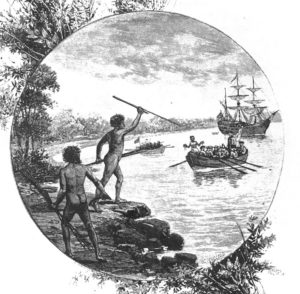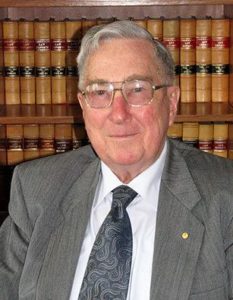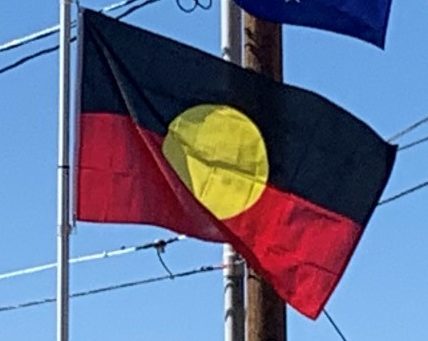Introduction:
Aboriginal Australians are the various indigenous peoples of the Australian mainland, Tasmania, and often the Tiwi people. This group contains many distinct peoples that have developed across Australia for over 50,000 years. These peoples have a broadly shared, though complex, genetic history, but it is only in the last two hundred years that they have been defined and started to self identify as a single group. The definition of the term “Aboriginal” has changed over time and place, with the importance of family lineage, self identification and community acceptance all being of varying importance. In the past, Aboriginal Australians lived over large sections of the continental shelf and were isolated on many of the smaller offshore islands when the land was inundated at the start of the inter-glacial. However, they are considered distinct from the Torres Strait Islander people, despite extensive cultural exchange.

Today Aboriginal Australians comprise 3.1% of Australia’s population. They also live throughout the world as part of the Australian diaspora. Before extensive European settlement, there were over 200 Aboriginal languages. However, today most Aboriginal people speak English, with Aboriginal phrases and words being added to create Australian Aboriginal English (which also has a tangible influence of Indigenous languages in the phonology and grammatical structure). They have a number of health and economic deprivations in comparison with the wider Australian community.
Terminology:
A new definition was proposed in the Constitutional Section of the Department of Aboriginal Affairs‘ Report on a Review of the Administration of the Working Definition of Aboriginal and Torres Strait Islanders (Canberra, 1981):
An Aboriginal or Torres Strait Islander is a person of Aboriginal or Torres Strait Islander descent who identifies as an Aboriginal or Torres Strait Islander and is accepted as such by the community in which he (she) lives.
Justice Gerard Brennan in his leading judgment in Mabo v Queensland (No 2) stated:
Membership of the Indigenous people depends on biological descent from the Indigenous people and on mutual recognition of a particular person’s membership by that person and by the elders or other persons enjoying traditional authority among those people.

The category “Aboriginal Australia” was coined by the British after they began colonizing Australia in 1788, to refer collectively to all people they found already inhabiting the continent, and later to the descendants of any of those people. Until the 1980s, the sole legal and administrative criterion for inclusion in this category was race, classified according to visible physical characteristics or known ancestors. As in the British slave colonies of North America and the Caribbean, where the principle of partus sequitur ventrem was adopted from 1662, children’s status was determined by that of their mothers: if born to Aboriginal mothers, children were considered Aboriginal, regardless of their paternity.
In the era of colonial and post-colonial government, access to basic human rights depended upon your race. If you were a “full-blooded Aboriginal native … [or] any person apparently having an admixture of Aboriginal blood”, a half-caste being the “offspring of an Aboriginal mother and other than Aboriginal father” (but not of an Aboriginal father and other than Aboriginal mother), a “quadroon“, or had a “strain” of Aboriginal blood you were forced to live on Reserves or Missions, work for rations, given minimal education, and needed governmental approval to marry, visit relatives or use electrical appliances.
